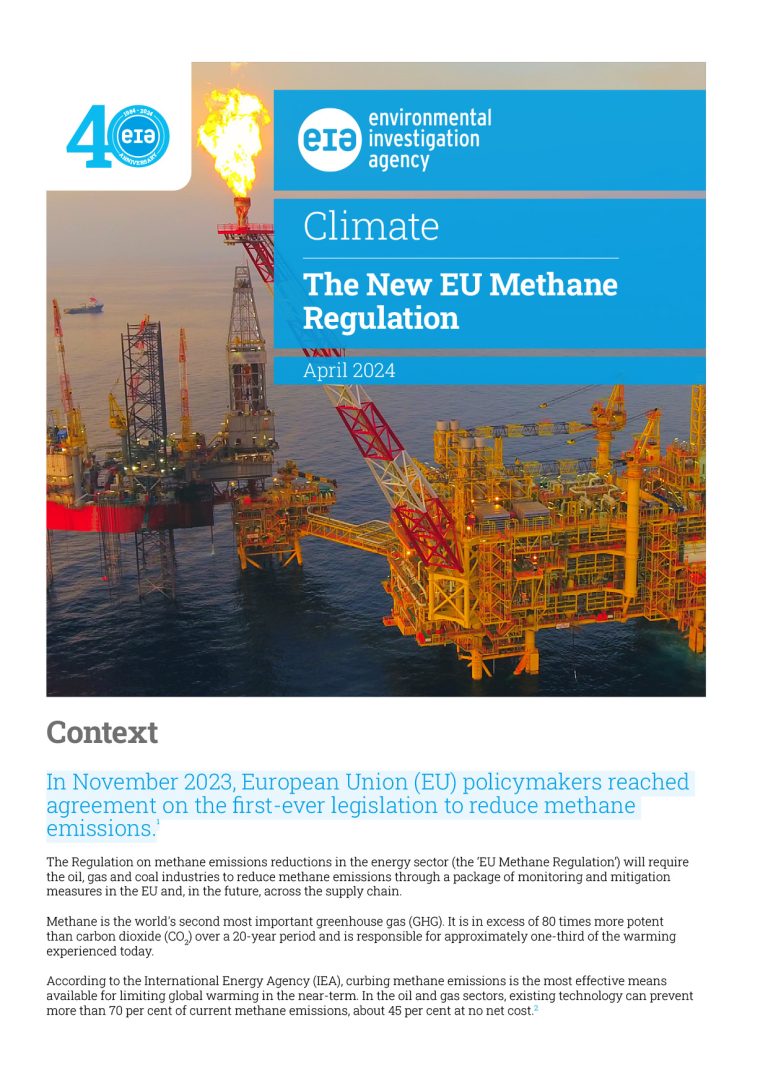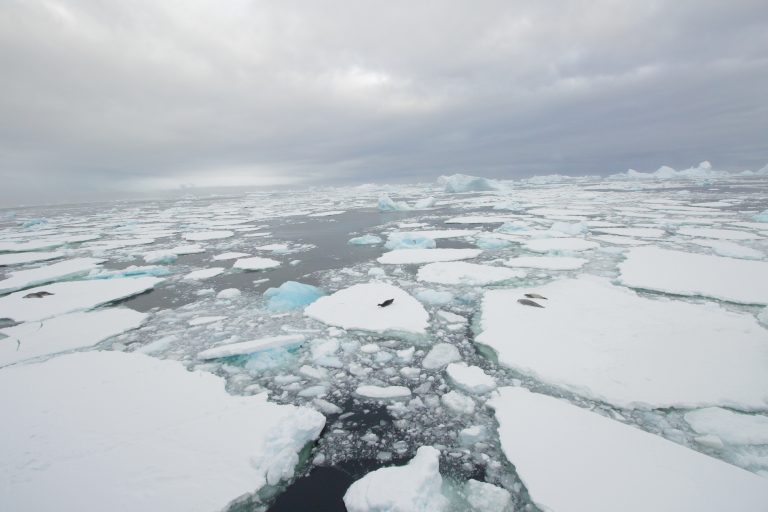Methane is the second most important greenhouse gas (GHG). Tonne per tonne it is 82.5 times more potent than carbon dioxide (CO2) over a 20-year period and responsible for a third of the warming that has occurred so far. Methane emissions also contribute to the formation of ground level ozone, a harmful air pollutant responsible for one million premature deaths every year. Reducing methane emissions is essential in the fight to limit temperature increase to 1.5°C in line with the Paris Agreement, while such action will also have important benefits for natural ecosystems, agricultural yields and human health.
The problem
The concentration of methane in the atmosphere has more than doubled since pre-industrial times and is projected to continue to increase through at least 2040. Emissions of methane have increased by 29 per cent since 1990 and have already contributed 0.5°C of warming relative to 1850-1990.
More than half of global methane emissions are human caused, predominantly from the energy (oil, gas and coal), agriculture (livestock) and waste sectors (landfill and wastewater). In the energy sector, methane is released into the atmosphere through routine venting and flaring and leakage across the oil and gas supply chain while abandoned and unused oil, gas and coal sites often emit methane unabated. Fossil gas (often known by the misnomer ‘natural gas’) used in petrochemicals to produce plastic is an important source of methane.
Adding to the urgency, vast deposits of methane stored under layers of permafrost are at increasing risk of being released as the planet warms and the permafrost thaws. This climate ‘tipping point’ would be catastrophic with the potential to release hundreds of billions of tonnes of carbon-dioxide equivalent (CO2e) emissions into the atmosphere causing dramatic warming. Fast action on methane, as well as other short-lived climate super pollutants such as HFCs, greatly increases our chances of flattening the climate curve and avoiding these climate tipping points.
The latest IPCC report found that in pathways that limit warming to 1.5°C, with no or limited overshoot, global methane emissions must be reduced by 34 per cent below 2019 levels by 2030, and 44 per cent below 2019 levels by 2040. The fossil fuel sector offers the most cost-effective immediate mitigation potential, with up to 80 per cent of measures in oil and gas and 98 per cent in coal being low or negative cost. The waste and agriculture sectors also present important opportunities, through better solid waste management, and changes in behaviour and livestock management. Despite the cost-efficiency of methane mitigation measures, companies are still reluctant to implement them and regulations are clearly needed to incentivise the private sector to play a more constructive role.
Methane emissions are also grossly under-reported, but satellite data is beginning to reveal the scale and severity of methane leakage and emissions. This has led to increasing international scrutiny and attention to the issue, spurring action on methane emissions globally.





